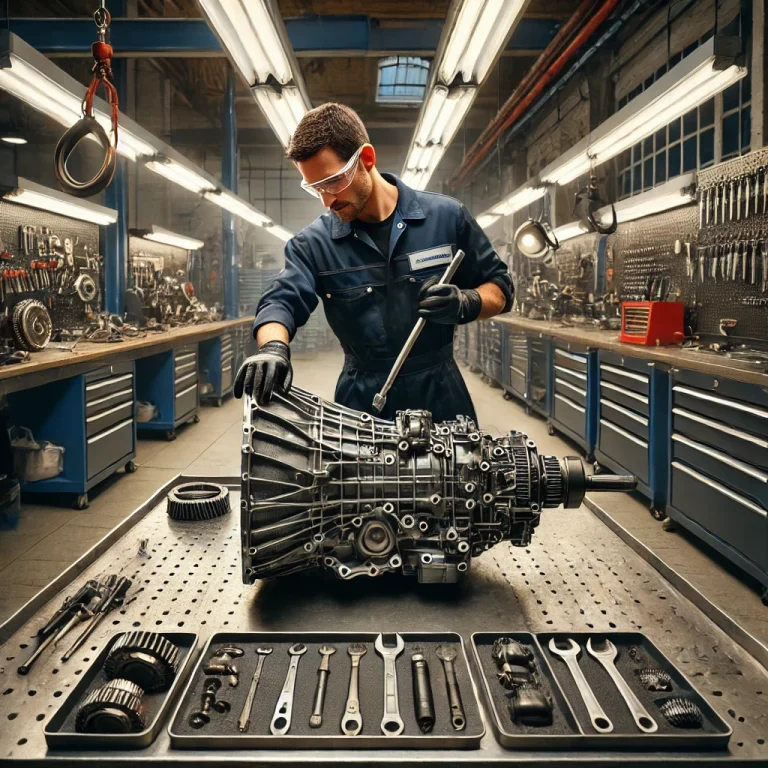
585.288.9070

585.288.9070
automatic transmission

Automatic transmissions they’re practically a mystery to the average driver. The sheer number of moving parts makes them extremely challenging to understand. To begin with lets answer the obvious question.
What is a Transmission
The transmission is a device that is associated with the rear of the engine and sends the force from the engine to the drive wheels. An automobile engine runs best at a certain Rpm (Revolutions Per Minute) range and it is the transmission that makes sure the force is conveyed to the wheels while keeping the engine inside that range. It does this through different gear combinations. In first gear, the engine turns much quicker in connection to the drive wheels, while in high gear the engine is slow in spite of the fact that the car may be going in overabundance of 70 Mph. As well as the various forward gears, a transmission has a neutral position which detaches the engine from the drive wheels, and reverse, which makes the drive wheels spin in the opposite direction permitting you to drive backwards. Finally, there is the Park position. In this state, a hook mechanism (similar to a deadbolt bolt) is embedded into an opening in the output shaft to halt the drive wheels and keep them from turning, consequently preventing the vehicle from rolling.
Lets simplify that demonstration significantly more shall we. So fundamentally your engine connects with your transmission at a spot called a bell housing. The bell housing holds a torque converter for automatic transmission vehicles rather than a clutch on manual vehicles. The torque converter is a fluid coupling whose job it is to interface your engine to your transmission and consequently to your wheels. The transmission holds planetary gearsets which are accountable for diverse gear ratios.
Much like a manual transmission, the automatic transmission essential work is to permit the engine to work in its limited range while giving an extensive variety of output speeds.
Without a transmission, cars might be constrained to one gear proportion, and that ratio might need to be chosen to permit to go the desired top speed. Lets say you wanted a top speed of 80 mph, then the gear ratio might be equal to third gear in most manual transmission cars.
You’ve most likely never attempted driving a manual transmission car utilizing just third gear. Assuming that you have, you’d quickly discover that you had just about no acceleration when beginning, and at high speeds, the engine might be screeching along close to the red-line. A car as this will wear out rapidly and might be nearly undriveable.
So the transmission utilizes gears to make more viable use of the engine’s torque, and to keep the engine working at a suitable speed. The point when towing or pulling substantial items, your vehicle’s transmission can get hot enough to burn the transmission fluid. Keeping in mind the end goal to protect the transmission from serious harm, drivers who tow might as well purchase vehicles outfitted with transmission coolers.
The key distinction between a manual and an automatic transmission is that the manual transmission bolts and opens diverse sets of gears to the output shaft to accomplish the different gear ratios, while in an automatic transmission, the same set of gears generates different gear ratios. The planetary gearset is the device that makes this happen in an automatic transmission.
Contact Eagle Transmission Service of Rochester, New York at 585-288-9070
services
online support
social
schedule
headquarters
headquarters
online support
Designed by : EXQUISITE MEDIA DESIGNS (c) 2025
Powered by : FRED-ERICK
Designed by : EXQUISITE MEDIA DESIGNS (c) 2025
Powered by : FRED-ERICK